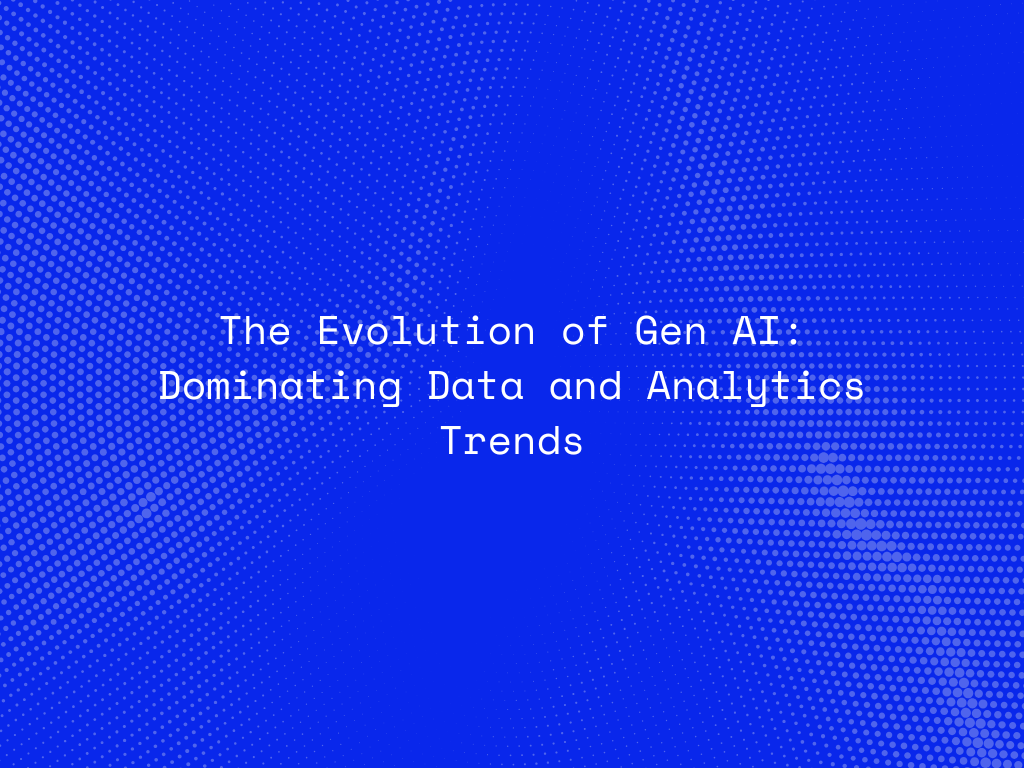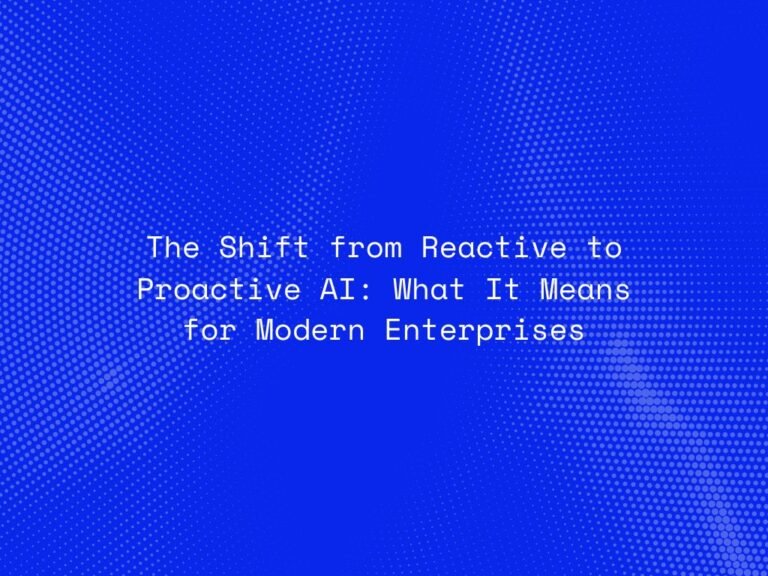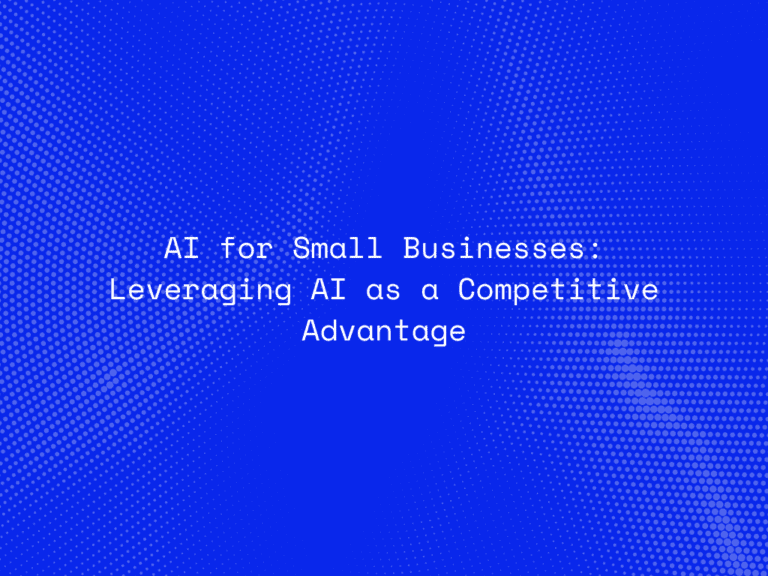Generative AI has rapidly become one of the most transformative forces in the world of data and analytics. By leveraging vast datasets, sophisticated algorithms, and self-learning capabilities, Generative AI is reshaping how organizations manage, interpret, and act on data. It is driving new trends in data processing, predictive analytics, and decision-making, allowing companies to derive unprecedented insights and value from their information.
This blog explores the evolution of Generative AI, its role in dominating current data and analytics trends, and how it is revolutionizing business operations across industries.
1. Generative AI’s Impact on Data Processing and Management
One of the most significant contributions of generative AI to the analytics landscape is its ability to streamline and enhance data processing. By automating tasks that once required manual intervention, Generative AI is helping organizations manage vast quantities of data more efficiently, enabling faster and more accurate analytics.
Key Data Processing Trends Fueled by Generative AI:
-
Automated Data Cleansing: Traditionally, preparing data for analysis was a labor-intensive process, requiring human oversight to identify and correct errors or inconsistencies. Generative AI automates this process by intelligently cleaning, standardizing, and validating data, making it analytics-ready with minimal human intervention.
- Example: Generative AI algorithms can detect anomalies in datasets, flagging outliers or erroneous data points without needing predefined rules. This ensures that only high-quality data is used for analysis, leading to more reliable insights.
- Data Augmentation: By using techniques like synthetic data generation, Generative AI can create realistic datasets that supplement existing information, allowing businesses to train their models more effectively. This is especially useful when there is a lack of real-world data or when companies want to test scenarios that would be difficult or costly to simulate in real life.
- Example: In industries like healthcare or finance, Generative AI can generate synthetic data to test models, simulate outcomes, or conduct stress tests without compromising privacy or needing extensive real-world data.
- Real-Time Data Processing: Generative AI models can process and analyze data in real time, making it easier for businesses to respond to emerging trends, risks, and opportunities. This shift to real-time analytics is crucial for sectors like finance, e-commerce, and logistics, where timing can significantly impact decision-making.
- Example: E-commerce platforms can use Generative AI to analyze customer behavior and sales patterns in real time, offering personalized recommendations or adjusting pricing dynamically based on demand.
2. Generative AI-Driven Predictive Analytics
One of the most exciting areas where Generative AI is making waves is in predictive analytics. By analyzing historical data and identifying patterns, AI models can predict future trends and outcomes with high accuracy, enabling organizations to make data-driven decisions proactively.
Generative AI in Predictive Analytics:
-
Demand Forecasting: Generative AI allows companies to forecast demand with precision by analyzing historical sales data, market trends, and external factors such as economic shifts or weather patterns. This results in more accurate supply chain management, inventory control, and resource allocation.
- Example: Retailers can leverage Generative AI to predict which products will be in high demand during specific seasons or holidays, ensuring optimal stock levels and reducing overstock or shortages.
- Customer Behavior Prediction: AI-powered predictive models can analyze vast datasets of customer interactions, purchase history, and behavioral patterns to anticipate what customers are likely to do next. This helps businesses target their marketing efforts more effectively, improve customer retention, and personalize user experiences.
- Example: Subscription services can use Generative AI to identify which users are most likely to churn and implement personalized retention strategies, such as tailored discounts or targeted marketing campaigns.
- Risk Management and Fraud Detection: In finance, insurance, and other high-risk industries, Generative AI plays a key role in identifying potential fraud or risk by analyzing historical transactions and identifying abnormal patterns. This allows businesses to mitigate risk and protect against losses.
- Example: Financial institutions can use predictive models powered by Generative AI to detect fraudulent transactions by spotting unusual patterns in spending behavior or detecting suspicious activities in real time.
3. AI-Driven Decision Making: From Insights to Actions
Generative AI is pushing the boundaries of decision-making by turning raw data into actionable insights, offering suggestions, and even automating decision processes. With AI’s ability to generate insights and simulate scenarios, companies are making smarter, more informed decisions faster than ever before.
The Evolution of Decision-Making with Generative AI:
-
Prescriptive Analytics: Generative AI extends beyond predicting what will happen to recommending specific actions based on predictive insights. This is known as prescriptive analytics, where AI not only forecasts outcomes but also suggests the best course of action to achieve a desired result.
- Example: In manufacturing, AI-powered systems can recommend adjustments to production schedules or machinery settings to optimize output based on demand forecasts or material availability.
-
Automated Decision Engines: Generative AI is driving the development of automated decision-making engines, where AI algorithms take direct actions based on analytics, particularly in high-volume, repetitive decision environments. This can range from adjusting pricing dynamically in e-commerce to managing inventory in real time based on demand predictions.
- Example: Ride-sharing platforms like Uber or Lyft use AI to automatically adjust ride prices based on current demand, driver availability, and traffic conditions in real time.
-
Scenario Simulation and Optimization: Generative AI models can simulate different business scenarios and provide optimization suggestions. By analyzing potential outcomes under various conditions, businesses can choose strategies that maximize profits, efficiency, or customer satisfaction.
- Example: In logistics, AI can simulate various routes for deliveries, factoring in weather, traffic, and fuel costs to determine the most efficient option for delivery fleets.
4. Generative AI in Data Visualization and Interpretation
Another area where Generative AI is making a significant impact is in data visualization. Presenting complex datasets in a way that is easy to understand is crucial for decision-makers who may not have a deep technical background. Generative AI is revolutionizing this by creating dynamic visualizations that help translate raw data into intuitive and actionable insights.
Key Trends in AI-Enhanced Data Visualization:
-
Natural Language Data Summaries: Generative AI can convert complex datasets into narrative summaries, making it easier for non-technical users to understand insights without needing to sift through charts or raw data.
- Example: A sales manager can receive a plain-text summary of key performance metrics, customer trends, and recommendations directly from AI-driven data analytics tools, simplifying the process of interpreting reports.
- Automated Dashboards: AI can automatically generate and update custom dashboards based on user preferences and needs, displaying the most relevant KPIs and metrics in real time. These dashboards can also highlight potential risks or opportunities, providing an interactive experience for data-driven decision-making.
- Example: An executive could use an AI-powered dashboard that highlights shifts in market demand, tracks competitor performance, and recommends new product development strategies.
- Interactive Data Exploration: Generative AI allows users to explore data interactively by generating visualizations on demand based on user queries. This helps uncover hidden patterns and correlations that might not be obvious from traditional static reports.
- Example: A marketing team could ask an AI system to visualize the impact of different advertising channels on customer acquisition and receive dynamic charts comparing performance across platforms.
5. Ethical and Privacy Considerations in Data-Driven AI
With the increasing use of AI in data and analytics, ethical considerations and data privacy have become critical concerns. Companies must ensure that AI models are used responsibly and that the data being processed is handled in accordance with privacy laws and ethical guidelines.
Key Challenges:
-
Data Privacy: As generative AI models process vast amounts of data, ensuring that sensitive information is protected is crucial. Privacy-preserving AI techniques, such as differential privacy and federated learning, are emerging as solutions to protect individual data while still enabling advanced analytics.
-
Bias and Fairness: Generative AI models can sometimes reflect biases present in the data they are trained on. Ensuring that AI systems are fair and do not reinforce discrimination is an ongoing challenge for AI researchers and data scientists.
-
Transparency and Accountability: Organizations using AI for data-driven decision-making must be transparent about how models are built and ensure that they can be audited for accuracy and fairness. This is especially important in high-stakes areas like finance, healthcare, and law enforcement.
Conclusion
Generative AI is revolutionizing the world of data and analytics by automating data processing, improving predictive accuracy, enabling real-time decision-making, and enhancing data visualization. As companies continue to integrate AI into their data strategies, the benefits of improved efficiency, deeper insights, and more accurate predictions will become increasingly apparent.
However, the future of AI-driven data analytics will also require ongoing attention to ethical concerns, privacy issues, and ensuring fairness in AI models. As these challenges are addressed, Generative AI will continue to dominate the data and analytics landscape, shaping the way businesses operate, compete, and grow




